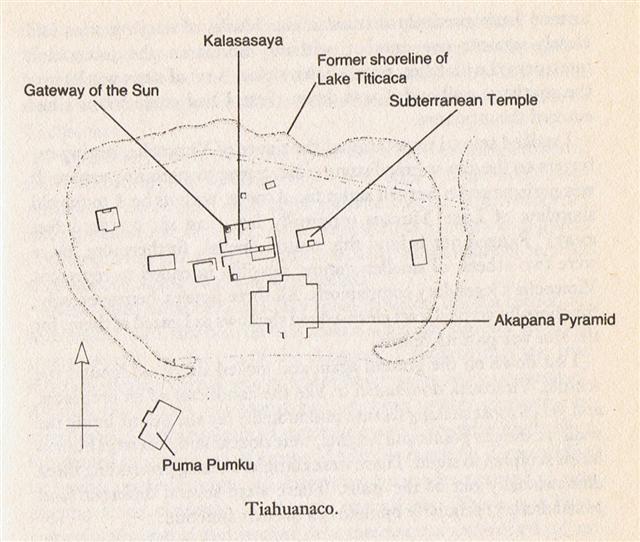|
RIGEL
Yesterday evening I heard it stated that modern scientists are currently looking by way of their strongest new instruments out into space for intelligent life among the stars. The quest goes on, I thought.
So far nobody had answered our pleads for contact. ... Long ago in the very beginning of time there dwelt within a shell an infant god whose name was Ta'aroa. He was Ta'aroa the unique one, the ancestor of all gods, the creator of the universe whose natures were myriad, whose backbone was the ridgepole of the world, whose ribs were its supporters. The shell was called Rumia, Upset. Becoming aware at last of his own existence and oppressed by a yearning loneliness Ta'aroa broke open his shell and, looking out, beheld the black limitless expanse of empty space. Hopefully, he shouted, but no voice answered him. He was alone in the vast cosmos. Within the broken Rumia he grew a new shell to shut out the primeval void ... I think that is a good sign - no sane being would ever take contact with us. ... Five naked giants, who had swum across the river, came in turn to avenge their grandmother. Each one had a different kind of game on his shoulder (in the following order: deer, brown bear, cougar, grizzly and human ...). By resorting to a ruse, the brothers got the better of the first four of their opponents. While Cougar, who had defied them, was struggling with them, Wildcat cut their Achilles tendons. The last giant, however, who had not bothered to undress when crossing the river, was tougher. While wrestling, Cougar and he gradually rose up into the air and cut each other to shreds. Scraps of flesh fell to the ground, and Wildcat kept or discarded them, according to whether they were white or black, only the white pieces came from his brother, whom he would have to reconstitute at the end of the fight. However, he gave him the wrong liver (or viscera ...). Cougar thought he would die. 'Oh, no,' Wildcat explained, 'it is better this way, for henceforth you will be a dangerous human being.' ...
They had decided, it was said in the TV program I was watching, that a necessary ingredient for life out there should be a reliable souce of water. Nothing is new under the Sun: ... He was moreover confronted with identifications which no European, that is, no average rational European, could admit. He felt himself humiliated, though not disagreeably so, at finding that his informant regarded fire and water as complementary, and not as opposites. The rays of light and heat draw the water up, and also cause it to descend again in the form of rain. That is all to the good. The movement created by this coming and going is a good thing. By means of the rays the Nummo draws out, and gives back the life-force. This movement indeed makes life. The old man realized that he was now at a critical point. If the Nazarene did not understand this business of coming and going, he would not understand anything else. He wanted to say that what made life was not so much force as the movement of forces. He reverted to the idea of a universal shuttle service. 'The rays drink up the little waters of the earth, the shallow pools, making them rise, and then descend again in rain.' Then, leaving aside the question of water, he summed up his argument: 'To draw up and then return what one had drawn - that is the life of the world' ...
... I walked towards it now, and spent some time strolling around it and clambering over it. Originally it had been a clean-sided step-pyramid of earth faced with large andesite blocks. In the centuries since the conquest, however, it had been used as a quarry by builders from as far away as La Paz, with the result that only about ten per cent of its superb facing blocks now remained. What clues, what evidence, had those nameless thieves carried off with them? As I climbed up the broken sides and around the deep grassy troughs in the top of the Akapana, I realized that the true function of the pyramid was probably never going to be understood. All that was certain was that it had not been merely decorative or ceremonial. On the contrary, it seemed almost as though it might have functioned as some kind of arcane 'device' or machine. Deep within its bowels, archaeologists had discovered a complex network of zigzagging stone channels, lined with fine ashlars. These had been meticulously angled and jointed (to a tolerance of one-fiftieth of an inch), and had served to sluice water down from a large reservoir at the top of the structure, through a series of descending levels, to a moat that encircled the entire site, washing against the pyramid's base on its southern side ...
|



